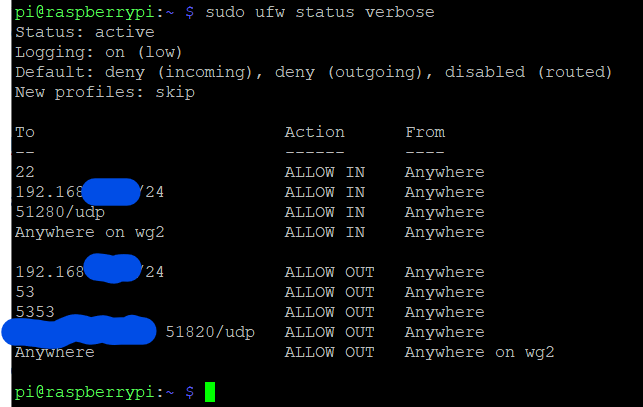this post was submitted on 23 Jul 2023
51 points (96.4% liked)
Piracy: ꜱᴀɪʟ ᴛʜᴇ ʜɪɢʜ ꜱᴇᴀꜱ
54609 readers
587 users here now
⚓ Dedicated to the discussion of digital piracy, including ethical problems and legal advancements.
Rules • Full Version
1. Posts must be related to the discussion of digital piracy
2. Don't request invites, trade, sell, or self-promote
3. Don't request or link to specific pirated titles, including DMs
4. Don't submit low-quality posts, be entitled, or harass others
Loot, Pillage, & Plunder
📜 c/Piracy Wiki (Community Edition):
💰 Please help cover server costs.
 |
 |
|---|---|
| Ko-fi | Liberapay |
founded 1 year ago
MODERATORS
you are viewing a single comment's thread
view the rest of the comments
view the rest of the comments


There are definitely differences, but usually they don't matter from a simple address and routing perspective.
For example, there is no ARP in IPv6. Instead another protocol is used called Neighbor Discovery Protocol, which actually is done through ICMPv6. Therefore, if you blindly block all ICMPv6, your network may break.
Once you have a grasp on v6, it is much better than v4 because even the smallest common v6 network size of /64 is many times larger than all the addresses in v4. Every device can have it's own global ip, so you no longer need nat at all. Everything can easily connect, assuming there is no firewall blocking it.